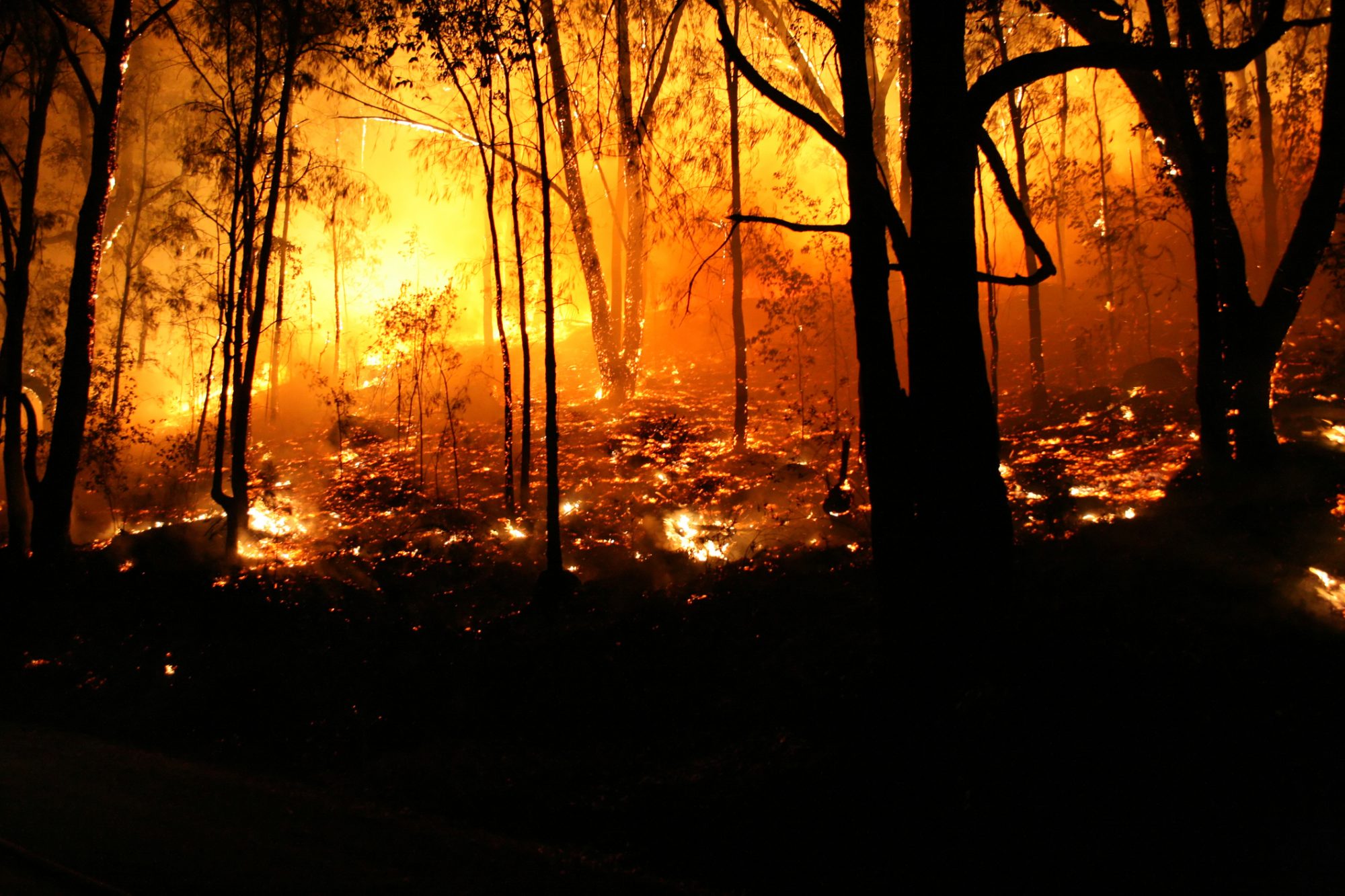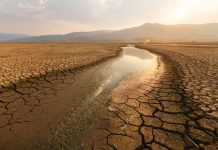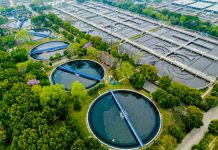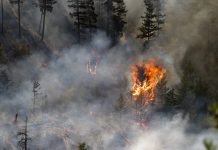Tiny organisms called fungi microbes can help environments to rebuild following a wildfire, signalling nature-based solutions to climate change
Fungi microbes not only survive, but thrive, after the first year of a wildfire.
Following the Holy Fire, which burned more than 23,000 acres across Orange and Riverside counties in 2018, researchers looked to these organisms as solutions to bring the land back to life after wildfires.
Seeking an understanding of how the blaze affected bacteria and fungi over time, UCR mycologists attended the ‘scar’ of the fire site – looking at the mass of microbes and the state of the land.
Researcher Pulido-Chavez said: “This exciting finding suggests post-fire microbes can “eat” methane to gain carbon and energy, and can potentially help us reduce greenhouse gases.”
“Post-fire microbes can “eat” methane to gain carbon and energy”
Microbes dropped between 50 and 80% after the wildfire
The researchers visited the scar nine times over the course of 2019, comparing the charred earth with samples from nearby, unburned soil.
In the beginning, the overall mass of microbes dropped between 50 and 80% after the fire and did not recover during that first year.
“When we first came into fire territory, there was ash up to my shins. It was a very severe fire.” Glassman said.
Yet, after reattending the site the researchers noted that some things lived: a parade of bacteria and fungi microbes survived and took turns dominating the burned soil in that first post-fire year.
Glassman said: “Certain species increased in abundance, and in fact, there were really rapid changes in abundance over time in the burned soils.
“There were no changes at all in the unburned soils. There were interesting, distinct shifts in the microbes over time. As one species went down, another came up.”
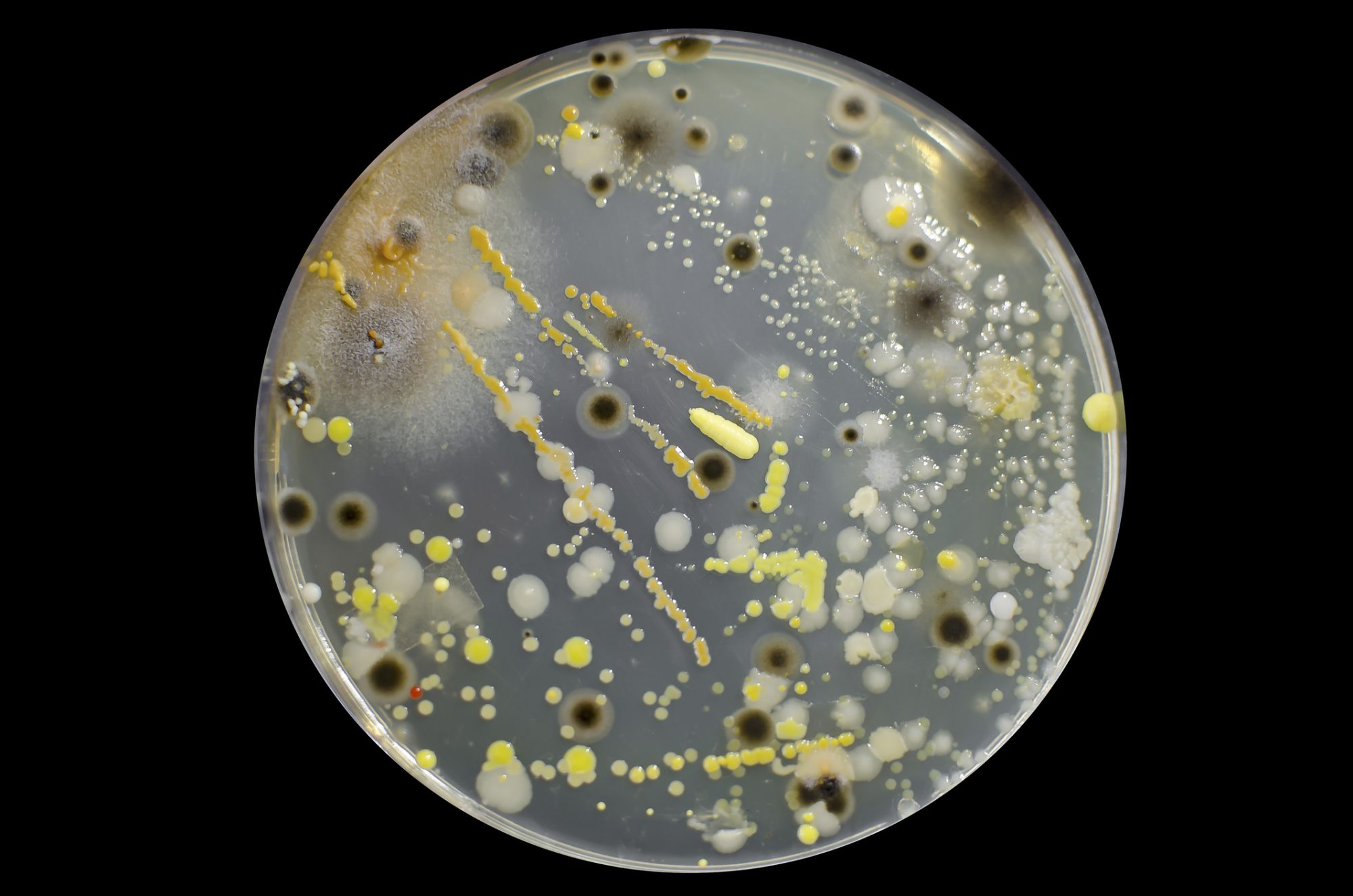
Could these fungi microbes be tolerant to fire?
Certain microbes called methanotrophs regulate the breakdown of methane, a greenhouse gas – and genes involved in methane metabolism doubled in post-fire microbes.
There became a domination in the research of fast-growing organisms with a lot of spores, which had taken advantage of space with little microbial competition.
Organisms which were able to consume charcoal and other post-fire debris high in nitrogen tended to dominate the microbial competition.
The researchers continue to test whether the fungi and bacteria they found were able to thrive at different points in time as a result of their unique and varied traits, or whether there is another reason for the shifts they saw in the soil.
Glassman noted: “We think one organism can’t be good at all the skills necessary to thrive in a burn scar. If you’re good at tolerating heat, you’re probably not as good at growing fast.”
‘Re-colonizing’ a burn scar
The soil bore resemblance to the human body’s response to major stress, which is why they referred to the site as a burn scar. Scientists continue to research ways that plants adapt to wildfires, and eventually re-colonize a burn scar. As this new research shows, fungi and bacteria may have developed similar coping strategies.
Glassman said: “We are also trying to understand what gets the land back to where it was before the disturbance, which in this case was an enormous fire. A lot of what we’re studying could be transferrable to a human microbiome setting.
“Can recovery time keep pace with megafires? We don’t know yet.”
“It’s exciting because we’ve only developed the technology in the last couple of decades to really understand what microbes are doing in the soil, and how they contribute to regeneration.
“Things can recover, but it takes time, and whether or not the land recovers after super-frequent megafires is another story. Can recovery time keep pace with megafires? We don’t know yet.”
Post-fire microbe behaviour could change older theories about plant behaviour, since microbes were not factored into them.
Pulido-Chavez added: “To me, this is exciting, as microbes have long been overlooked, yet they are essential for ecosystem health.”


